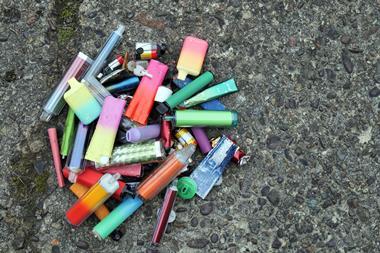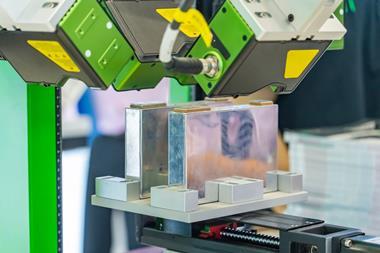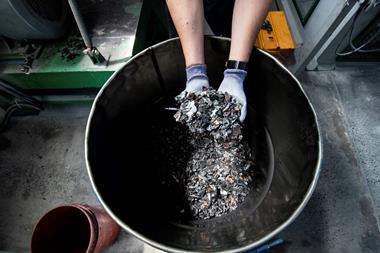We cannot afford to simply throw away, rather than recycle, these valuable resources
Given the huge cost and environmental impact of mining and extracting the metals and other materials in lithium-ion batteries, it is something of a travesty that such a small proportion of them are currently recycled. As we begin to rely on them ever more heavily in our journey towards decarbonisation, that situation must change, and fast.

Manufacturing costs have decreased to the point that resource-rich rechargeable cells are cheap enough to be incorporated into disposable items like vapes with very little chance of being recycled. Around 90 tonnes of lithium was discarded in vapes in 2022 – enough for 11,000 electric vehicles. And because the economics and infrastructure of recycling have lagged behind manufacturing, even in sectors where collection and processing of spent batteries is more feasible, recycling rates remain stubbornly low.
Right now, recycling is something of an uphill struggle economically – viability is buffeted by fluctuating metal prices and dependent on economics of scale and local supply and demand, as well as process and chemistry. The road to a more circular battery economy is neither smooth, nor straight.
The amount of material needing to be recycled is ramping up rapidly as electric vehicle production explodes – which creates the immediate issue of dealing with battery manufacturing waste, and a longer-term challenge as cells inevitably reach the end of their life.
But until recently, battery design has focused almost entirely on squeezing ever greater performance from cells, with relatively little consideration for how they might be dismantled and reprocessed. Recyclers have likewise focused mostly on reclaiming the easiest and highest value components like cobalt, nickel and other metals.
New processes could reclaim more materials – particularly lithium, but also graphite, electrolytes and packaging materials. Methods that reduce the number of processing steps between dismantling a battery and arriving at the materials required to make a new one should also help. But to be successful, those processes will also need to be cheap enough to provide viable returns for recyclers, as well as being compatible with diverse and evolving cell compositions as producers continue to drive for batteries that can provide superior performance.
To reach the goal of a circular economy, technological advances will need to go hand in hand with regulatory incentives. These are beginning to take shape in the US and EU, particularly around vehicle batteries and requirements for recycled content. But if we are serious about conserving the valuable and critical resources within the battery ecosystem, then we also need to make it harder to simply throw them away.
















No comments yet